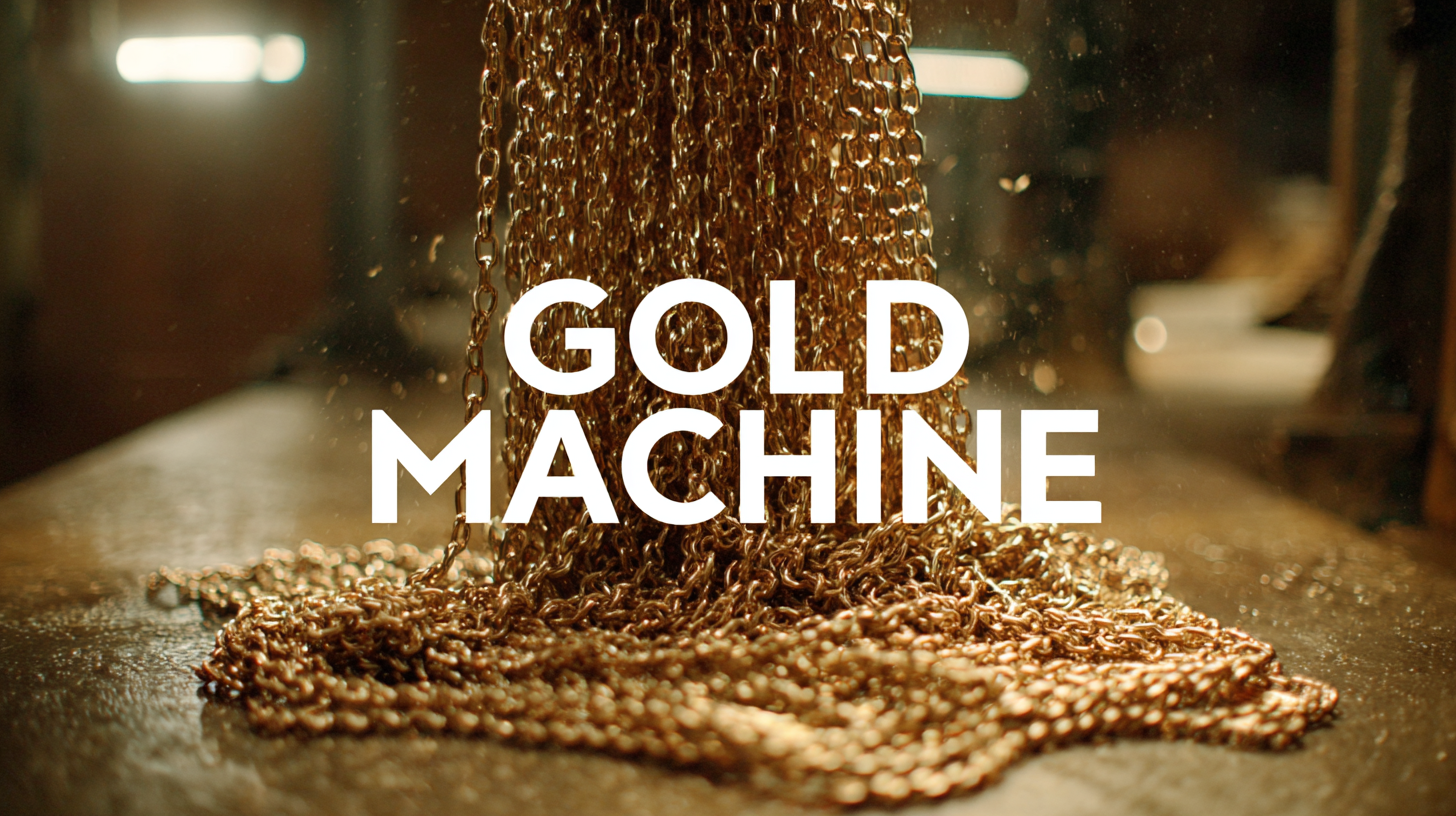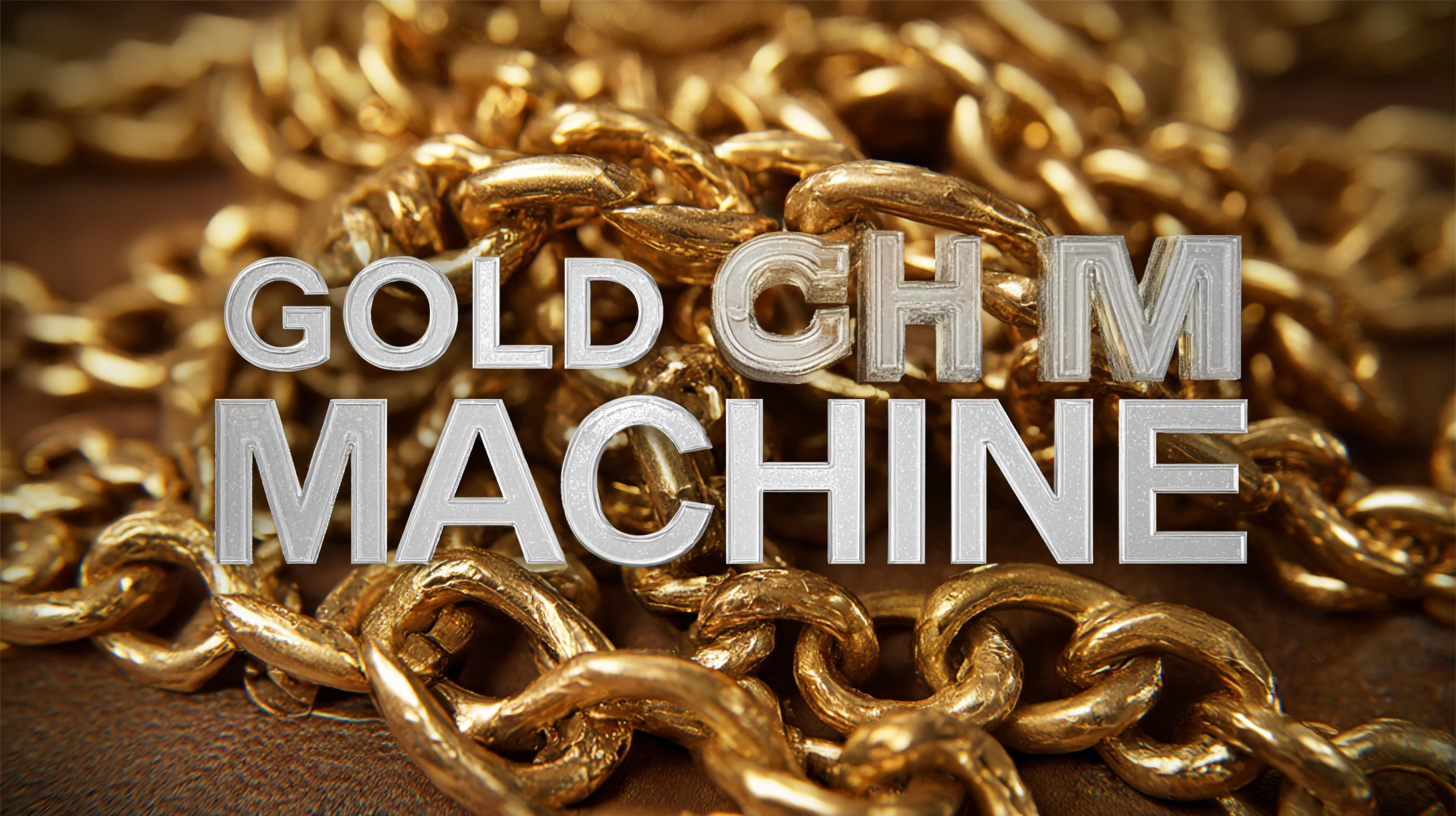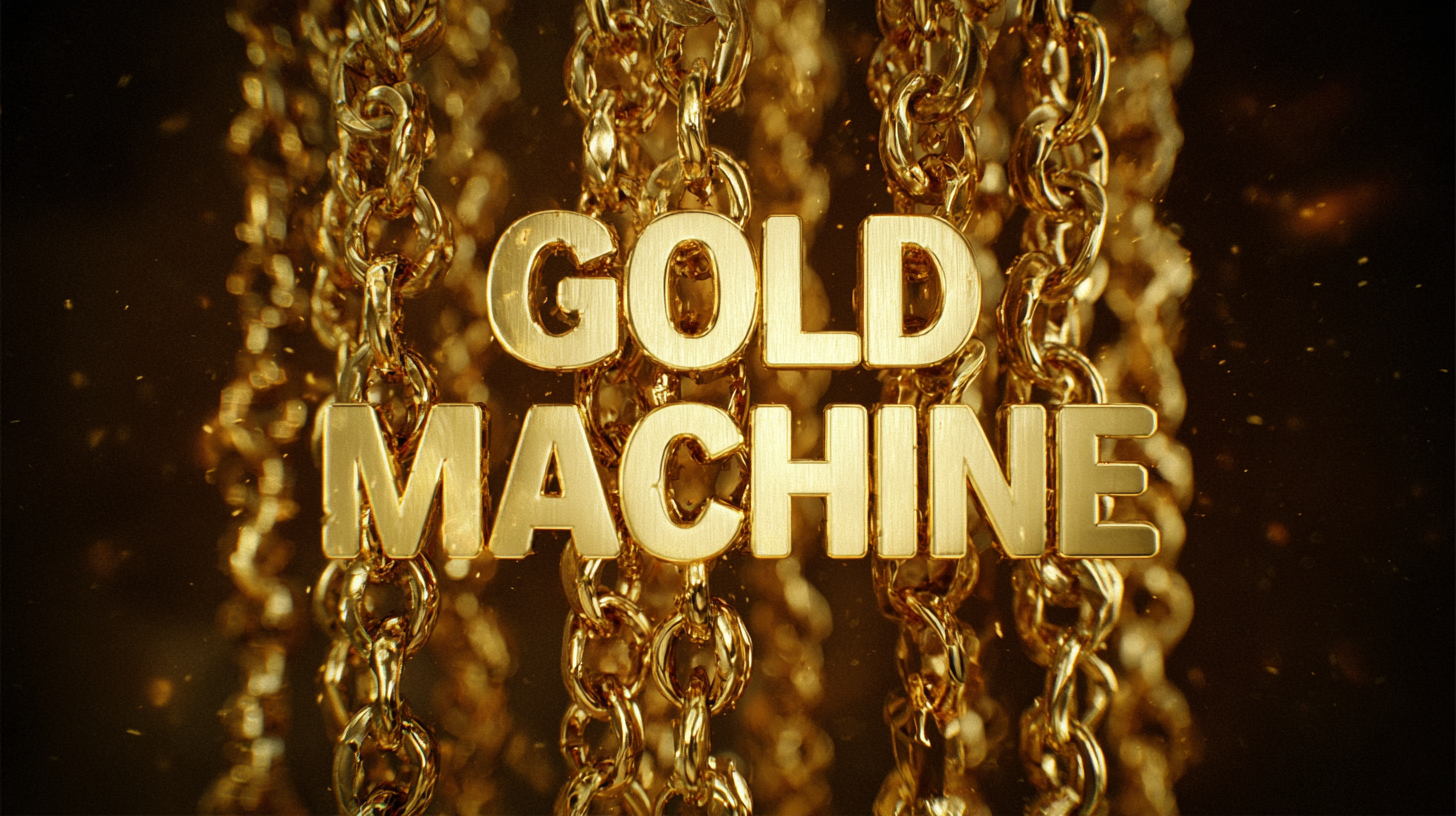In the rapidly evolving world of jewelry manufacturing, selecting the right equipment is crucial for achieving quality and efficiency. Among the various tools available, the Gold Chain Machine stands out as a pivotal piece of technology for producing exquisite gold chains. As the global demand for high-quality jewelry soars, manufacturers are compelled to refine their processes and invest in top-notch machinery that not only boosts productivity but also ensures precision.

This blog delves into the essential factors to consider when choosing the perfect Gold Chain Machine for your manufacturing needs. Emphasizing the significance of world-class manufacturing, we explore how China's prowess in jewelry production has made it a proud exporter to the globe, setting standards for quality and innovation. Whether you are a seasoned manufacturer or just starting in the jewelry industry, understanding the key features of Gold Chain Machines will empower you to make informed decisions that enhance your business's growth and competitiveness.
As we look towards 2025 and beyond, the gold chain manufacturing market is poised for significant growth, driven by evolving consumer preferences and technological advancements. According to a recent industry report, the global gold jewelry market is projected to reach approximately $450 billion by 2025, with chains making up a substantial portion of this growth. The increasing demand for personalized and unique jewelry pieces, particularly among younger consumers, is influencing manufacturers to adapt their production strategies.
Tip: Stay updated on consumer trends and preferences. Engaging with your target audience through social media platforms can provide invaluable insights into what styles or designs they favor.
Moreover, sustainability is becoming a central theme in the jewelry industry. A survey indicated that over 70% of consumers are willing to pay more for sustainably sourced materials. As manufacturers focus on eco-friendly practices, integrating machines that utilize recycled gold could not only enhance your brand's image but also cater to this growing demographic.
Tip: Invest in technology that supports sustainable practices. Modern gold chain machines equipped with advanced features can minimize waste and improve efficiency, aligning your production with environmental goals.
When selecting a gold chain machine, several key factors must be considered to ensure it meets your manufacturing needs. One of the most critical aspects is the machine's production capacity. According to a report by the International Jewelry Manufacturing Association, the demand for gold jewelry is expected to grow by 4.5% annually, necessitating machines that can keep pace with market demands without sacrificing quality. Therefore, assessing the machine's output capability in terms of links per hour is essential in maintaining competitive advantage.
Another important factor is the versatility of the gold chain machine. As the industry moves toward customization, machines that can produce various styles and sizes of chains are increasingly valuable. A recent analysis from the Jewelry Industry Report highlighted that 60% of manufacturers are shifting towards more personalized production methods, which indicates a need for adaptable machinery. Investing in a multi-functional gold chain machine can enhance flexibility, allowing manufacturers to cater to diverse consumer preferences while optimizing operational efficiency. Additionally, consider the machine's ease of use and maintenance requirements, as user-friendly designs can significantly reduce downtime and improve productivity.
When choosing the right gold chain machine for manufacturing needs, it’s essential to understand the various types of machines and their specific applications. Gold chain machines can be categorized into several types including chain weaving machines, chain making machines, and soldering machines. Each serves a unique purpose: chain weaving machines are primarily utilized for creating intricate designs and patterns, while chain making machines efficiently produce links in bulk. Soldering machines play a critical role in securing links together, ensuring the durability and quality required in fine jewelry.

Recent developments in machine learning and analytical techniques are transforming the gold manufacturing process. For instance, predictive analytics enables manufacturers to forecast production outcomes based on historical data, thus optimizing operations. A report by the industry research firm noted that predictive maintenance could reduce machine downtime by 30% to 50%, significantly impacting production efficiency. Additionally, incorporating machine learning in monitoring machine performance can enhance the precision of gold melting and molding processes, resulting in meticulously crafted products that meet consumer demand for quality. Understanding these machine types and technological advancements is vital for manufacturers aiming to stay competitive in the gold jewelry market.
Investing in gold chain manufacturing equipment is a significant decision that can greatly impact your production efficiency and profitability. A thorough cost analysis is essential to understanding both the initial investment and the ongoing operational expenses. Factors such as the purchase price of the machinery, maintenance costs, and the expenses associated with training staff on new systems must all be considered. Additionally, it is crucial to analyze the potential output and speed of the equipment to ensure that it aligns with your manufacturing goals.

Calculating the return on investment (ROI) will help you gauge whether the cost of the equipment is justified by the projected increase in production capacity and sales. A well-chosen gold chain machine should not only enhance the quality of your products but also reduce labor costs and minimize production time. By estimating the volume of sales you expect post-investment, you can determine how quickly you can recoup your costs and start seeing profits. Engaging in comprehensive financial planning, including potential market fluctuations and demand variations, will empower you to make the most informed decision for your manufacturing needs.
Case studies of successful manufacturing units using gold chain machines reveal how the right equipment can significantly enhance productivity and product quality. For instance, one prominent jewelry manufacturer in Italy adopted a state-of-the-art gold chain machine, resulting in a 30% increase in production efficiency. By automating key processes, they were able to produce intricate designs with precision, reducing manual labor costs and minimizing errors. This transformation not only boosted their output but also allowed them to meet growing market demands without compromising on craftsmanship.
In another example, a smaller family-owned business in Thailand implemented a versatile gold chain machine that allows for quick adjustments between different chain styles. This flexibility helped them cater to niche markets and varying customer preferences, leading to a 40% increase in sales within the first year. By analyzing their production needs and investing in the right machine, they were able to transition from traditional methods to a more modern approach, setting themselves apart from competitors in a crowded marketplace.
These case studies underscore the importance of selecting the appropriate gold chain machine to optimize manufacturing processes and achieve business growth.
